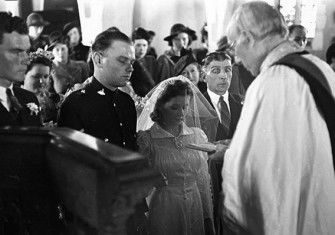Reforming England’s Divorce Law
Reforms to divorce law inevitably prompt moral panic as they did in Victorian England. It has not yet proven to be justified.

On 6 April the Divorce, Dissolution and Separation Act 2020 that removed all fault from divorce in England and Wales will have been operational for two years. Critics have argued that it was enacted without principle or forethought, reducing marriage to the status of ‘a tenancy contract’ and making it ‘less binding than a car lease’. Available data suggests that its early impact in terms of quantity of applications is minimal compared with previous reforms, such as the Divorce Reform Act 1969 which first introduced divorce by mutual consent, but, more significantly, that a quarter of all applications are now made jointly online under the guidance of a single solicitor (if any). Though procedurally such practice was beyond the imagination of Victorian legislators, the concept of no-fault divorce was not. It horrified them and led to the passing in 1857 of the least permissive divorce law possible. But did the legislating of any divorce – however limited – also make the current system inevitable?







